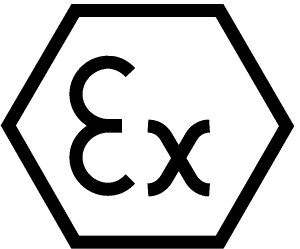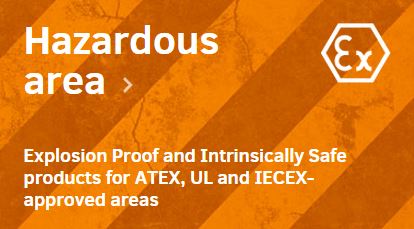class ii division 2 group g
T3C Temperature Code for a threshold of 320F. See answer and applicable Code reference.

Self Regulating Heating Cables Approved For Use In Hazardous Locations Briskheat
The correct answer is.

. 2 provide this equipment with enclosures that are dusttight or identified for the location 502115 502120. Class II Group F G locations are atmospheres containing dust such as F Carbon Black coal or Coke Dust G Flour Starch or Grain Dusts. I cannot find any reliable source to come out and specifically say that NEMA 12 or NEMA 4 enclosures are suitable for use in Class II Division 2 Group G environments.
In stock and ready to ship. Propane tank storage room. Division II because flammable vapor would only leak from the tanks if there was an accident.
Group A includes only acetylene a colorless hydro-carbon gas that creates an intense explosion when ignited. NEC Class II Divisions 1 2 Groups F G. NEC Class II Divisions 1 2 Groups E F G.
Class II because of combustible dust. Group D because propane is in the atmosphere. Article 502 covers the requirements for electrical and electronic equipment and wiring for all voltages in Class II Division 1 and 2 locations.
Fiberglass-reinforced polyester housing with industrial gray powder coat finish. Any grounding provisions must be in the main conduit box. Class II locations are those that are hazardous because of the presence of combustible dust.
Class II locations are divided into three groups EFG. Enough capacity for four 4 additional remote head. Per the National Electrical Code NEC there are 3 classifications for areas that are defined as hazardous.
A RMC and IMC b EMT c ENT d a or b. Ex II 1 G Explosion protected Group 2 Category 1 Gas Ex ia IIC T4 Type ia Group 2C gases Temperature class 4 Ex nA II T3 X. Class II Division 2.
Class II Division 1 2 E Division 1 only Metal dusts such as magnesium Division 1 only F Carbonaceous dusts such as carbon charcoal G. In Class II Div. They are calling it Class II Div II group G My question is do I have to use explosion proof receptacle or do they make something more.
The IP rating and Explosionproof rating are different. NEC Class II Divisions 1 2 Groups F G. In stock and ready to ship.
Group is divided in three groups where Group I is reserved for mining locations. For outdoor application in Class II Div2 Group G you can very well use combination of NEMA 4 very approximate equivalent to IP 66 NEMA 9 For hazardous locations enclosure. Two 2 adjustable 8W high halogen Par36 heads.
Material Groups Dust Class II Group F. We have experience in large turnkey solutions for Class 1 Division 2 and ATEX Zone 2 environment projects be sure to give us a call 44 0 1785 879 050 UK or 1 864 421 6991 US to discuss yours. Class II combustible dusts are grouped into one of three 3 groups.
Choose from our selection of Class II Division 2Group G switches in a wide range of styles and sizes. 1 locations provide electrical controls eg switches breakers control transformers and resistors with enclosures identified for use in the location 502115 502120. D a or b.
If the substance or concentration in the oxidizer is either below a specific value lower flammability limit or above a spe cific value upper flammability limit. The ignition temperature of the dust the electrical conductivity of the dust and the thermal blanketing effect the dust can have on heat-producing equipment such as. NEC Group G refers to an area that contains combustible dusts that are not included in Groups E and F such as flour grain sugar wood starch chemicals and plastics.
Motor accessories must be non-sparking or approved for Explosion Proof XP duty. Choose from our selection of CSA certified Class 2 group G switches in a wide range of styles and sizes. I recognize that temperature limitation will always apply however dust accumulations are not permitted in a Division 2 environment.
Group define the type of hazardous material and partly the location of the surrounding atmosphere. Every flammable gas or vapor has specific lower and upper flammability limits. As required by Underwriters Laboratories and Canadian Standards Association explosion-proof motors with Class II Group F G approvals must have over temperature protection.
As you can see by the breakdown Groups A B C and D are for Class I gases only. NEC Class III Divisions 1 2. NEC Class II Division 2 Groups F G.
Atmospheres containing combustible dusts not included in Group E or Group F including flour grain wood plastic and chemicals. All IP67 rating equipments can not be used in classified area. NEC Class III Divisions 1 2.
Group II is for explosive gases Zone 0 1 and 2 and Group III. Group G because grain dust is in the atmosphere. ClassDivision Hazardous Location 6 Note.
Groups E F and G are for Classes II and III dusts and fibers or flyings only. Raceways permitted as a wiring method in Class II Division 2 locations include _____. UL 844 listed for Class 2 Division 2 Groups F and G.
Class II location groups are determined by. Division I because dust is present during normal operation. They are Class I gases vapors Class II flammable dusts Class III fibers the focus of todays Blog is on Class II locations.
For outdoor application in Class II Div2 Group G you can very well use combination of NEMA 4 very approximate equivalent to IP 66 NEMA 9 For hazardous locations enclosure. Class II Group G Atmospheres containing combustible dusts not included in Group E or Group F including flour grain wood plastic and chemicals. NEC Zone 1.
We offer a comprehensive solution service which includes extrusion design manufacture software programming and project management support. NEC Class II Divisions 1 2 Groups E F G. Class i div 1 abcd class iiiii div 1 efg atexiecex g zone 1 iic d zone 22 iiic series 5c valve status monitor nec class i div 1 abcd class ii div 1 efg atexiecex g zone 1 iibh2 d zone 21 iiic series 63 solenoid nec class i div 1 abcd class ii div 1 efg intrinsically safe products12 energy limited ex ia series 6a positioner.
A vault-type door latch system. NFPA 70 NEC Hazardous Locations Classes Divisions and Groups. Jun 17 2009.
Atmospheres containing combustible carbonaceous dusts such as coal carbon black charcoal and coke dusts. Many Cutler-Hammer NEMA Type 12 enclosures are suitable for use in Class II Division 2 Group G and Class III Divisions 1 and 2 locations as defined in the National Electrical Code. Groups A B C and D are used for Class I environments Groups E F and G for Class II areas.
NEC Class II Division 2 Groups F G. E combustible metal dusts F combustible carbonaceous dusts or G other combustible dusts. Note that the dust must be present in.
Motors suitable for Class II Groups F G Division 2 are available in TEFC TEFC-XT TEBC TEAAC and TEWAC only. Class II Div II receps in cabinet shops Ive been reading a lot on article 502-115 502-145 and speaking to the local authorities on the requirement for receptacles around wood working equipment. Class I because of flammable vapor.
Class II Group G. NEC Zone 1. Class I and Class II locations are further divided into groups based on the behavior of the hazardous material after it has been ignited.
NEMA Type 12 Safety Interlock The Type 12 enclosure can be ordered with a safety interlock on the door that can be padlocked off. I Flammable gases or vapors may be present.

Full Results Of Today S World Cup 2022 Draw Groups Fixtures Schedule The Athletic

Packaging Your Dangerous Goods Federal Aviation Administration
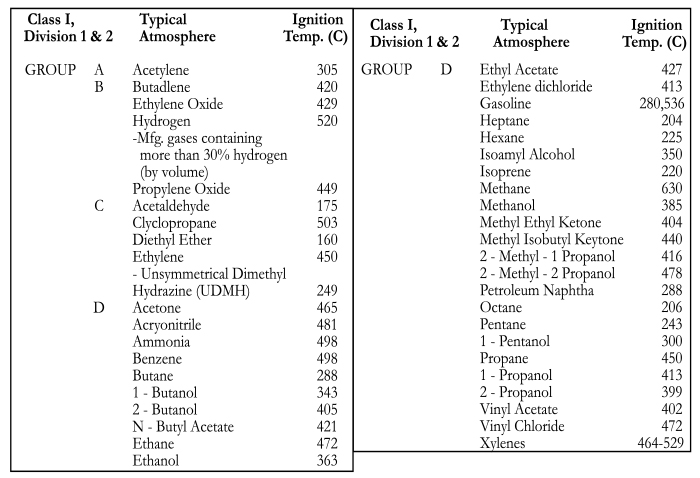
Hazardous Location Classification

The Best Headlamps For Hazardous Environments In 2021 Underwater Kinetics

Spire Level 6 Teacher S Guide 3 E School Specialty Eps Phonics Words Reading Intervention Dyslexia Teaching
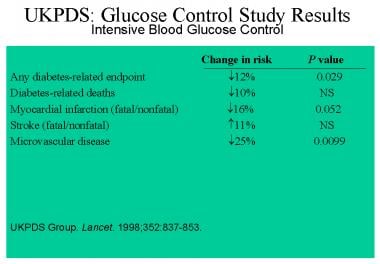
Type 2 Diabetes Mellitus Treatment Management Approach Considerations Pharmacologic Therapy Management Of Glycemia

Report Review Template 5 Professional Templates Report Template Templates Onenote Template
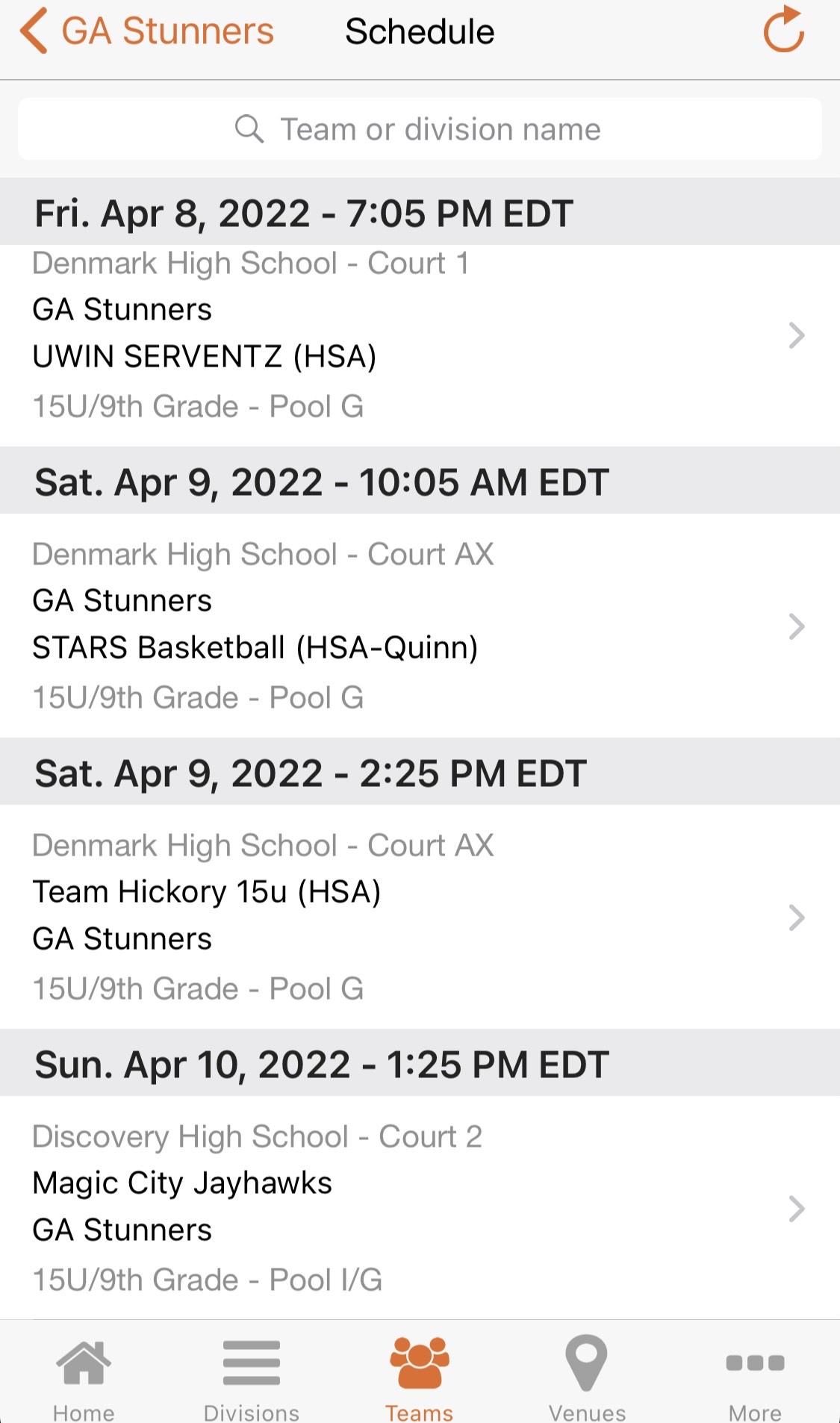
Georgia Stunners Gastunners Twitter
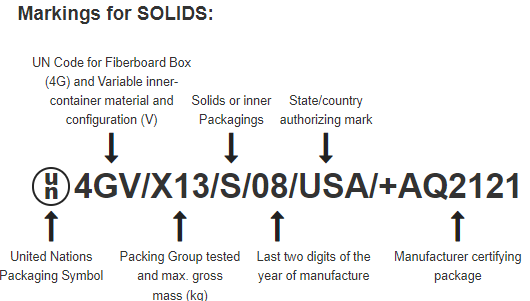
Packaging Your Dangerous Goods Federal Aviation Administration

Origin And Early Evolution Of The Plant Terpene Synthase Family Pnas

Hazardous Location Classification
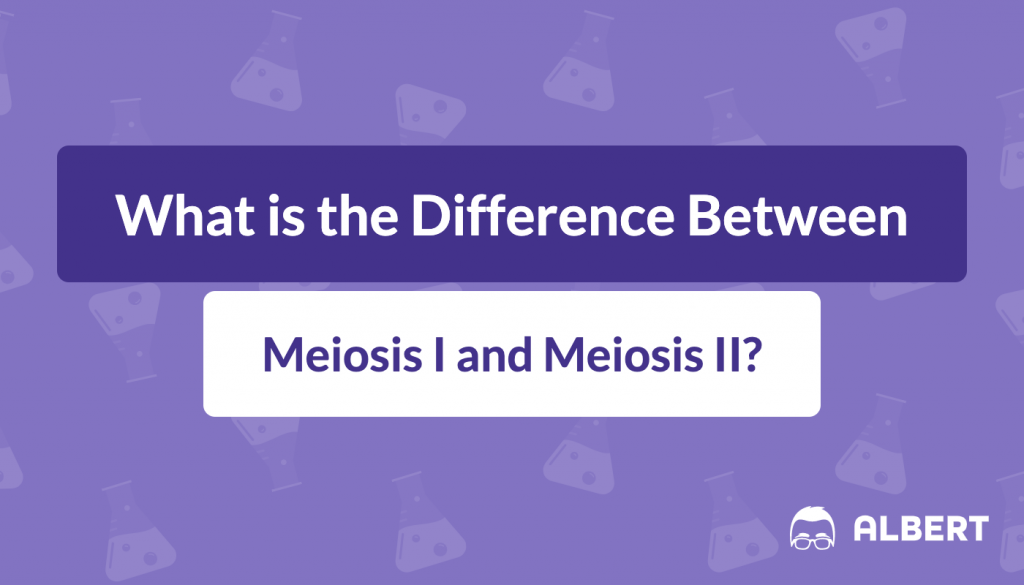
Meiosis I And Meiosis Ii What Is Their Difference Albert Io

Selection And Application Of Biological Safety Cabinets In Diagnostic And Research Laboratories With Special Emphasis On Covid 19 Review Of Scientific Instruments Vol 92 No 8
